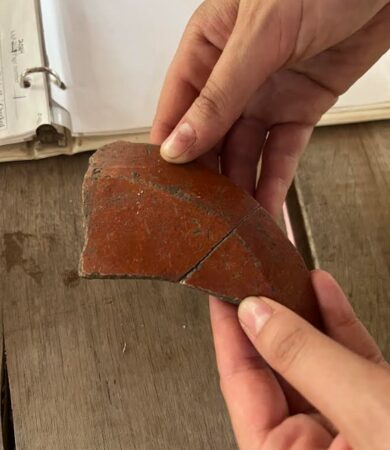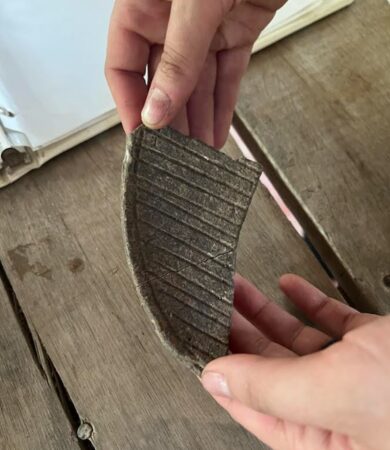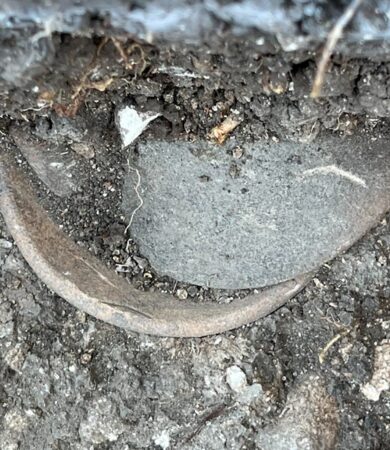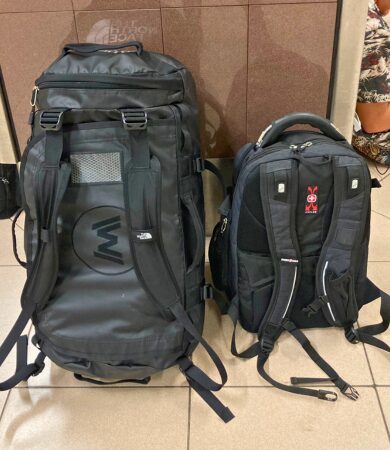During my time in Belize, while I was working on the Actuncan excavation field school there were many interesting finds but there were two finds that I found especially memorable.
Picu incused ceramic shard from the Thub Variety Paxacaman group


One of the most memorable archaeological artifacts was a ceramic shard. What I found interesting about this artifact was that it was the only piece in our area that had this unique diagonal stripe line markings. The outside of the ceramic piece was covered in a red slip while the inside was not slipped. We did find smaller pieces similar to this design, but because many were found scattered throughout the lot and many did not fit together we believe some of these smaller shards could have either been part of this artifact or one similar to it.
I believe that in its original state this ceramic could have been some sort of a flat dish. Preliminary research indicated that this artifact was Picu Incised, from the Thub Variety Paxacaman group. Our group tried hard to find as many pieces as possible to complete the artifact but were saddened that we were not able to complete it. This proves to be frustrating for a few reasons.
First it does not give us the full understanding of its function, although we can hypothesize about its use, a complete artifact allows us to get a better understanding as to what its original usage could have been for.
Another major reason why finding only some parts of an artifact is frustrating is because it can lead to misinterpretation. Although I believe these shards could be part of a flat dish, I could be wrong. Extensive research of similar artifacts might help us understand what this artifact could have looked like in its completed form, but we need further research to understand what it was used for. Either way I’m still grateful that our team was able to find many different materials in our lot whether it was complete or not.
Lip-to-lip (bowl) cache


The second memorable artifact that was found in our lot was a lip-to-lip (bowl) cash. Preliminary analysis shows that this artifact was likely from the Terminal Classic period. When we excavated lot 3 of Operation 59A our team found the lip-to-lip cash in the west wall of the unit.
To remove the cache, we opened a 1 x 1 unit next to our existing 2 x 2 unit. Since the top lid was broken into four pieces, we covered the artifact in foil paper and block lifted the cache to avoid it from moving. The artifact was found under a terminal patio floor which we had dubbed, mango floor. The outside of the bowl was slightly rough while the inside was well smoothed. The outside and inside of both bowls were not slipped.
This artifact caught all our attention as it opened the doors to many questions; what was its purpose, what could have been inside, why was it placed in this area. Many ideas began to form but only further research of the area will give us a better understanding of the artifact.
I’m a little saddened that I won’t be able to be part of the excavation for the time being, but I hope the next excavation crew also finds something this interesting to add to the overall understanding of this area.
Share this article
Follow us
Latest articles
June 15, 2025
June 15, 2025



